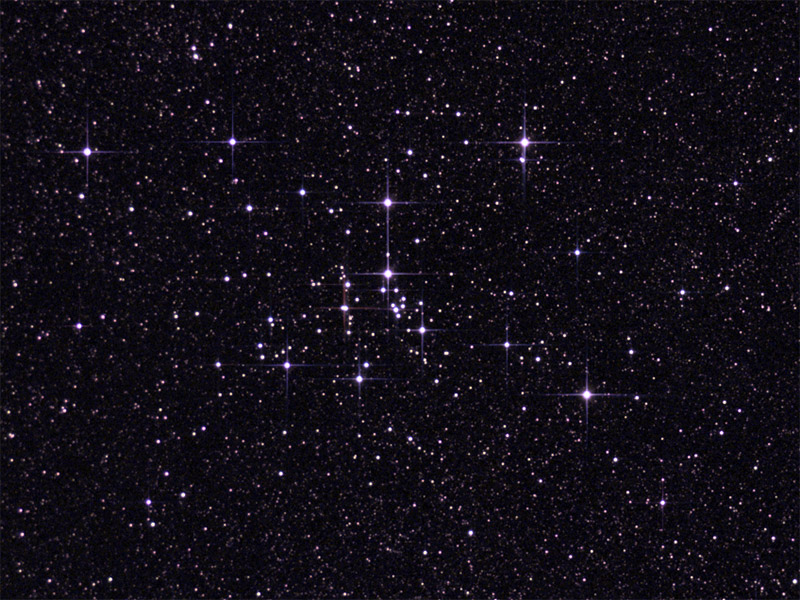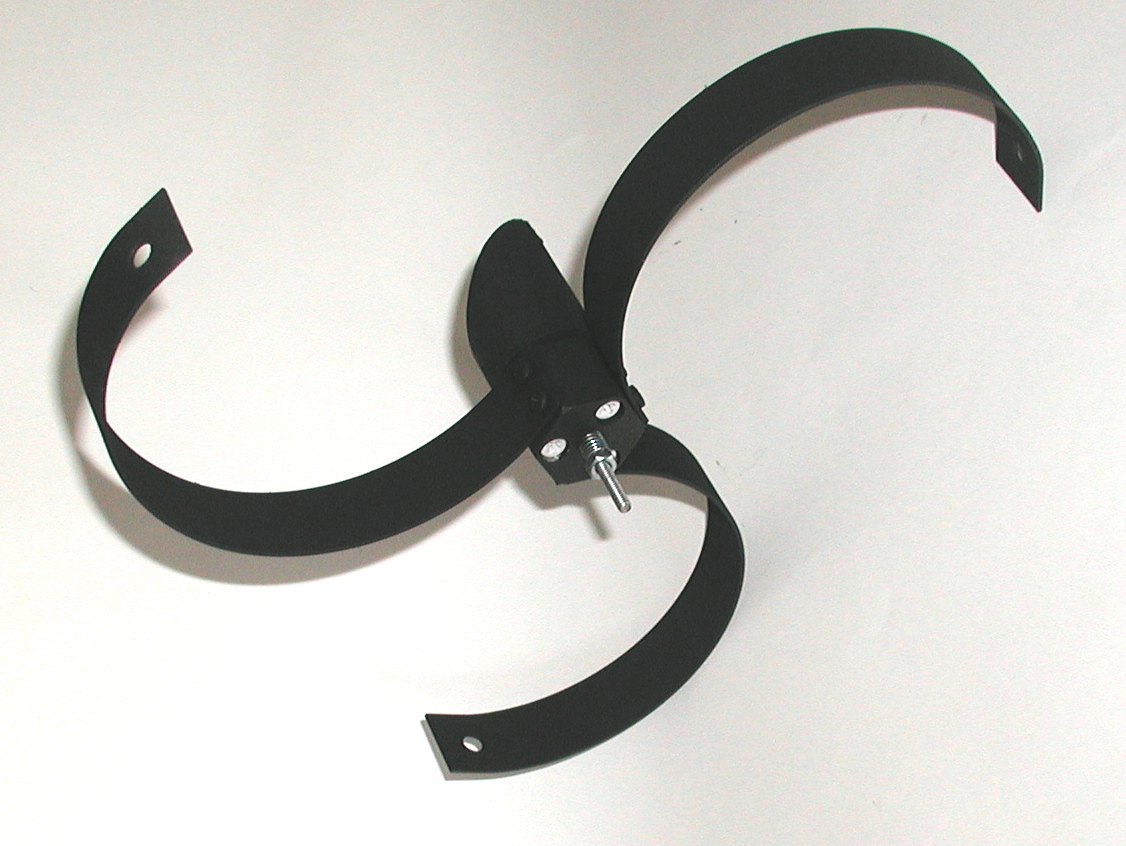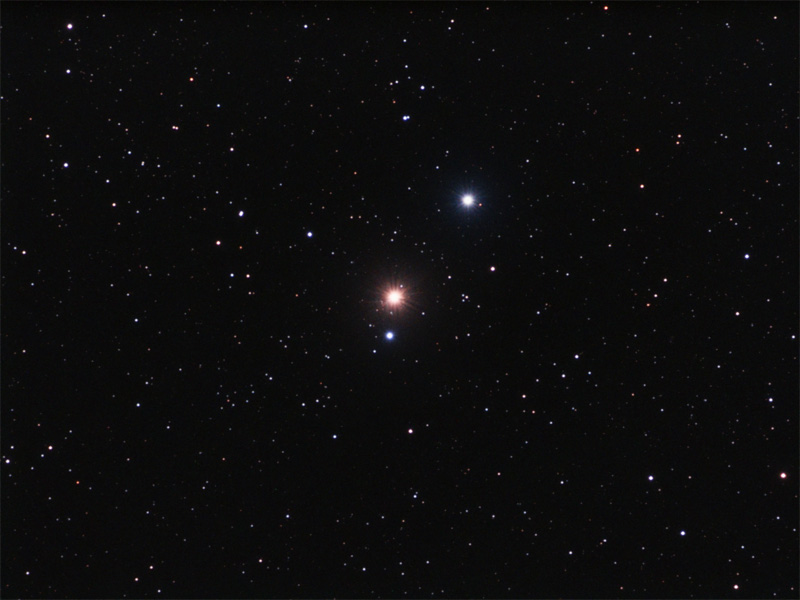 |
| Open Cluster M 25 |
diffraction spikes are those pretty lines that you see radiating from bright stars in photographs. interestingly, the spikes are not inherent to the starlight, but rather an artifact of light interacting with the optical system used to capture the image.
reflecting telescopes typically have the most prominent diffraction spikes, large cross shaped lines emanating from bright stars. they are caused by cross bars in the light path used to hold a secondary mirror in place.
| the classic vertical and horizontal line are created by "spider vanes' which hold a secondary mirror in place in many types of reflecting telescopes wikipedia diffraction spikes |
a few use curved spiders in their reflectors to minimize the effect, but they can have issues:
 |
| destinycomp.com |
April fools, I Photoshopped the image, adding the spikes in to accentuate the stars in the cluster.
some find the spikes aesthetically pleasing and will actually add them into their image by stringing fishing line across the front of the telescope, or using photoshop as I did above.
A Detective Story:
Having an image selected for the astronomy picture of the day (APOD) is the pinnacle of amateur astronomy. If you look at the caption for the APOD for 1/12/17, you'll see the following cryptic message:
"Editor's Note: The NGC 891 image used in today's APOD posting has been replaced and the credit corrected to indicate the author of the original work."
Apparently, an amateur astronomer from Italy who had been boasting that his images taken with modest equipment were comparable to those of the major observatories (thanks to his excellent technique) posted the image that was originally selected. It turned out, the image was plagiarized. The astronomer had taken an older image from the Mount Lemmon Observatory and photoshopped it into his image.
How did they catch him? take another look at my December image below. This was just a star test, an image of a bright star (Capella) slightly out of focus used to to diagnose a problem in my optical train (telescope, filters, filter wheel, off-axis guider, camera...). looked pretty cool so i figured i'd share it:
 |
| Capella star test |
Here's an image of a bright set of stars taken with a refractor. The brightest set of stars have pairs of lines 120 degrees apart. These are caused by 3 clips holding the lenses in place:
 |
| Omicron-1 Cygni, the Patriotic Triple 6/09 |
The "author" of the original APOD image, claimed to have used a telescope that does not have crossbars, but the diffraction pattern around the stars in the plagiarized image exactly matched the diffraction pattern in the observatory image with large diffraction spikes. someone thought the image looked familiar and compared the two...
why someone would do this is beyond me, but apparently it's not that uncommon.
more sordid details here:
the smoking gun image comparing the two:
No comments:
Post a Comment